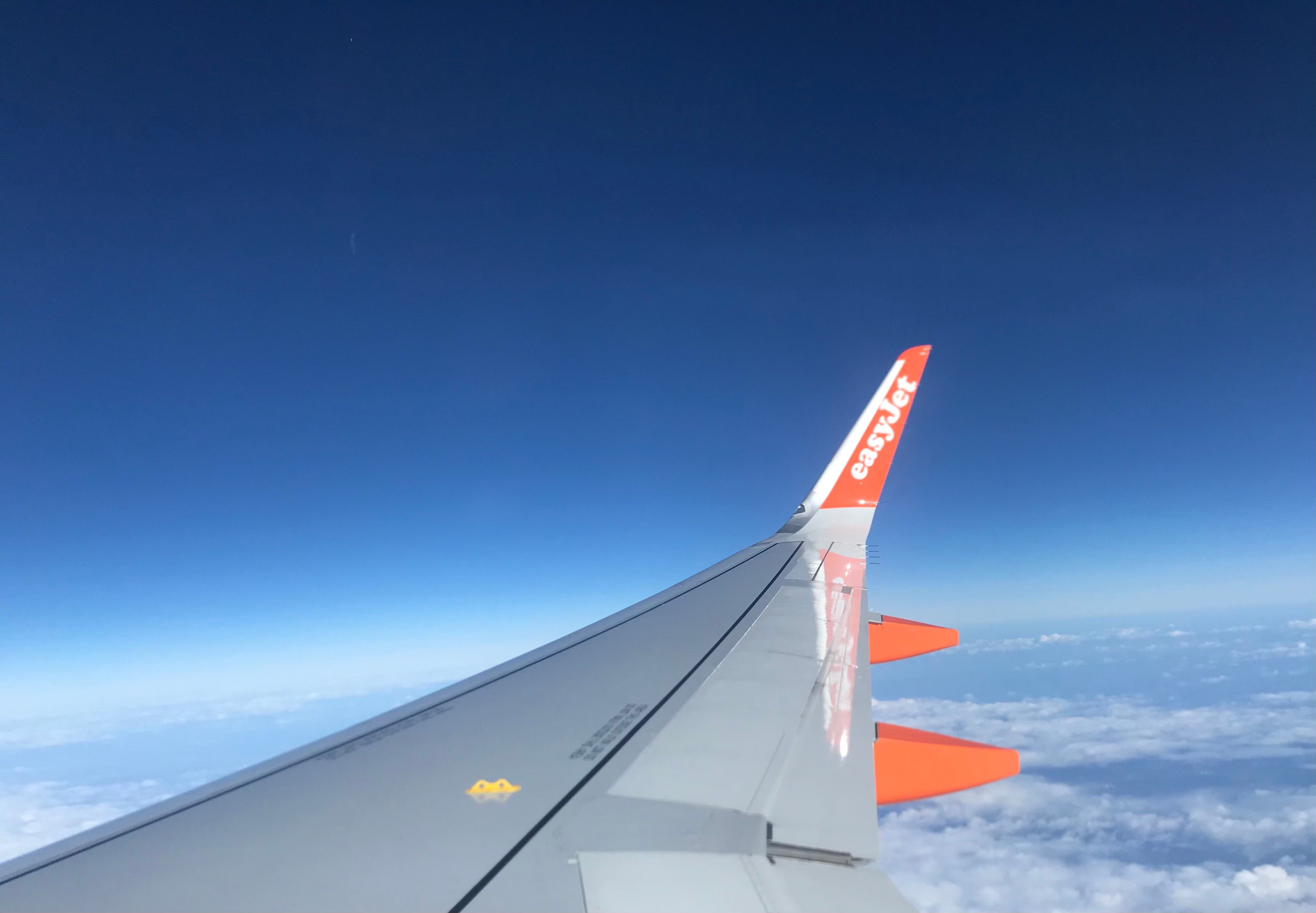Most modern airlines have some form of extension at the end of their wings, which serves several purposes. However, eagle-eyed avgeeks would have noticed that these ‘winglets’ are primarily found in larger aircraft. In this article, we will look at the reasons for why that is, and also consider some larger modern aircraft that don’t subscribe to this trend. But first, let’s see why aircraft are fitted with winglets at all.
Basics first
In simple terms, a winglet is a vertical extension added to each end of an aircraft’s wing. The main purpose of attaching a winglet to any aircraft’s wing is to help reduce the wingtip vortex that is generated as the plane cuts through the air. Winglets are also designed in such a way as to deflect the vortex away from the wing’s surface and improve efficiency by reducing vortex drag.
Wingtip vortex or vortex drag are circular patterns of air left behind as a wing generates lift. Just like lift, wingtip vortices are also caused by a pressure difference, but a key difference is the lack of physical separation between the high-pressure and low-pressure areas.
Winglets help in increasing fuel efficiency by reducing vortex drag. Photo: Luke Peters / Simple Flying
We all know that lift is generated when air passes over the wing’s airfoil shape. Air passing over the wing travels faster and thus, causes less pressure than the air traveling over the bottom of the wing. The same phenomenon occurs at the wingtips as well, but the wing simply ceases to exist at the wingtips, causing the high-pressure air from the bottom to bleed over onto the top. This results in the aforementioned circular patterns.
Why do only larger aircraft have winglets?
The intensity of wake turbulence generated by any aircraft is directly proportional to the length of its wings. Therefore, smaller aircraft with a relatively short wingspan simply do not need winglets. In fact, adding winglets to smaller aircraft will have the opposite of the desired effect in most cases. The winglet will add extra weight and also create additional drag, which is likely to be more than any improvement in efficiency it can provide.
On the other hand, vortices generated from large aircraft are quite severe and generate wake turbulence that is enough to destabilize smaller planes. One such incident occurred in May 2019 in Dubai, where wake turbulence from a Thai Airways Airbus A350-900 on final approach is believed to be the reason why a small Diamond DA-62 aircraft crashed.
Why don’t all modern widebodies have winglets?
Now that we have established that winglets are pretty much a necessity in large airliners, the question arises: why don’t all large jets have winglets? More specifically, I am talking about Boeing’s 787 and 777 widebodies, both of which do not employ any type of winglets. Even the newer 777X aircraft is seen out and about without winglets.
Boeing has found a way to get the same aerodynamic effect as winglets using raked wingtips. Using raked wingtips is a clever alternative to bulky and drag-generating vertical winglets. Simple Flying previously looked into the specific reasons why the 787 and 777 family of aircraft don’t need or have any conventional winglets.


.jpg)


